QuestionHello, about a month ago my older great dane has started to lick and nibble his hind end raw until it is raw and scabby! Last week he started rubbing the side of his face on the carpet very weird like. We have lived in the same house for ever the only change is he is pretty old and I have been gone a little more often.I can tell he is really uncomfortable and I feel so bad! ANY help or leads? Thanks, Kimbery
AnswerHi Kimberly,
You didn't say if your dog has been examined by your vet since this problem developed.
It's possible that your dog has developed an environmental allergy, or a food intolerance, even if you haven't changed anything in your home, or changed his food. It's also very possible that due to the raw, open skin that your dog has a secondary yeast or bacterial infection which would also require treatment. Control of secondary infections is a critical issue in controlling chronic itchiness in dogs.
Until the underlaying cause for the condition is found, you're just treating the symptoms, and not the main problem, so on and on it will go, getting progressively worse and harder to treat. Without knowing the diagnosis I can't recommend ways to help your dog.
Parasites such as Sarcoptic Mange, Ringworm, and Fleas should first be ruled out, and it might be necessary to do a skin biopsy or do some blood work before a diagnosis can be made. You vet may recommend trying a hypoallergenic diet.
Bathing your dog with an oatmeal shampoo or antisebborheic shampoo (look for ingredients like hydrocortisone or pramoxine to aid in itch control) can help to relieve itchiness for several hours to several days. Aloe vera from plants, or 100% Aloe Vera gel from a pharmacy can help calm the itchy spots, and it's safe if your dog licks it. Apply gel directly on the spot, or dilute with water, put it in a spray bottle and spray it on the spot. You can also saturate a cotton ball with Witch Hazel and apply on hot spots for several days, or apply a mixture of baking soda and water to the affected areas to help stop the itching. Again, without a diagnosis this might help some, but it won't cure your dog.
Along with the vet exam, you can try starting your dog on a daily dose of Omega 3 & 6 fatty acids. Veterinarians have found that fatty acids play important roles in other areas of skin and coat health such as allergies, the control of inflammation.
Current recommendations of the optimal ratio of omega-6 to omega-3 fatty acids are for ratios of 10:1 to 5:1.
Your vet can recommend a brand and the correct dose. Keep in mind you need to give the supplements daily for at least a month before results might be seen.
Best of luck,
Patti

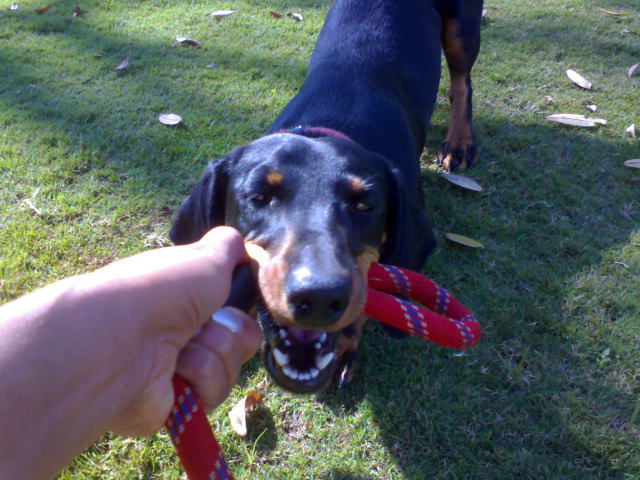 Dog unwilling to eat
Question
Maggie
I have a 4 year old daschund female.She
Dog unwilling to eat
Question
Maggie
I have a 4 year old daschund female.She
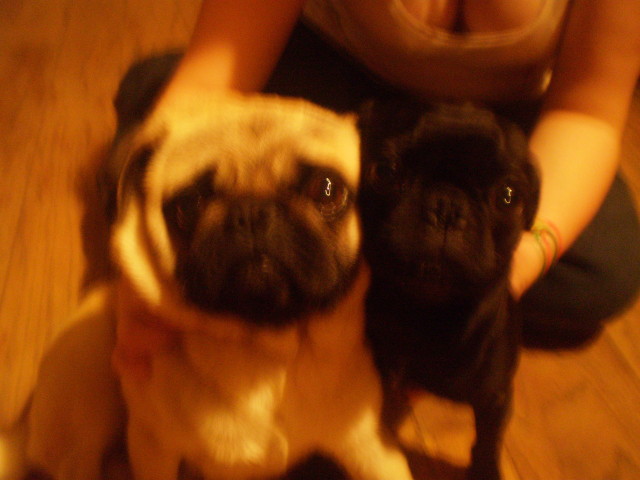 pugs
Question
micah and lacy
my male and female are the same
pugs
Question
micah and lacy
my male and female are the same
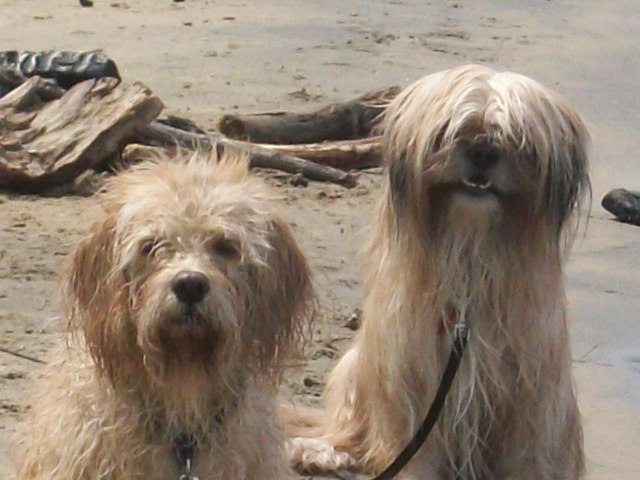 re: dog breed
Question
Dog pic question about
Hi Patti,
I took in a
re: dog breed
Question
Dog pic question about
Hi Patti,
I took in a
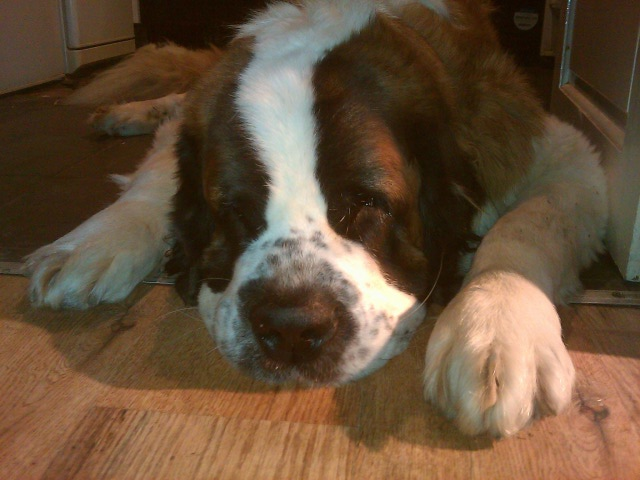 st bernard archy.
QuestionQUESTION: I have a four year old st bernard. I
st bernard archy.
QuestionQUESTION: I have a four year old st bernard. I
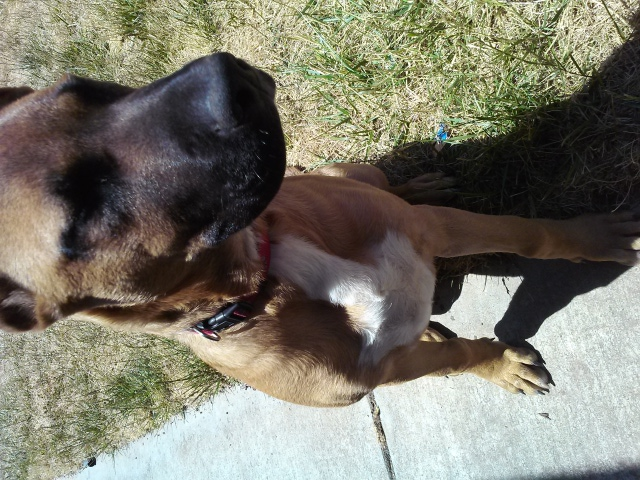 dog breed unknown
Question
dog breed unknown dog breed unknown &nbs
dog breed unknown
Question
dog breed unknown dog breed unknown &nbs